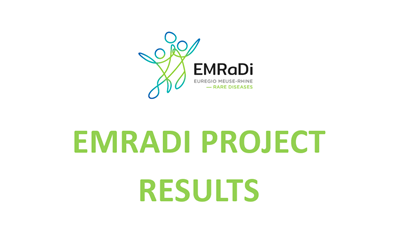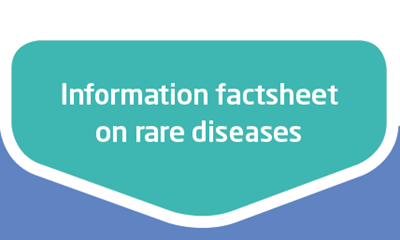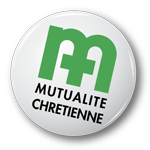
What is the "EMRaDi project"?
“EMRaDi” stands for Euregio Meuse-Rhine Rare Diseases.
This project involves a cross-border cooperation between health insurers, university hospitals, patient associations and a university in the Euregio Meuse-Rhine. It is part of the European Union INTERREG V-A Euregio Meuse-Rhine programme.
Thanks to their long experience in cross-border healthcare, the project partners have decided to join forces in the specific field of rare diseases. This EMRaDi project is innovative in the sense that it is a patient-oriented and cross-sectoral project. The consortium of partners includes the major health players who support rare disease patients and their relatives in their day-to-day rare disease patient pathway.
The Euregio Meuse-Rhine is made up of five sub-regions:
- the Flemish Province of Limburg (Belgium)
- the Walloon Province of Liege (Belgium)
- the German-speaking community (Belgium)
- the Region of Aachen (Germany)
- the southern part of the Province of Limburg (the Netherlands)
1/2000 people affected by rare disease
5000-8000 distinct rare diseases
6-8% of the population is affected by a rare disease
27 to 36 million Europeans are affected by a rare disease
It's not rare to have a rare disease
According to the European definition, a disease is considered “rare” when less than one person out of 2,000 is affected. However, there are up to 8000 distinct rare diseases, which means that an estimated 6 to 8% of all European citizens are afflicted by a rare disease. The number of patients with rare diseases is thus comparable to the number of patients with more common diseases.
Because of the rarity of the diseases, these patients usually experience difficulties in obtaining the right diagnosis and treatment and in organizing their everyday lives.
- In Germany: about 4 million people affected by a rare disease [1]
- In the Netherlands: about 1 million [2]
- In Belgium: 660,000 to 880,000 [3]
- In the Euregio Maas-Rhine: 240,000 to 320,000
Next events
News
Project partners
In each country of the EMR, a roof RD patient organization cooperates with the EMRaDi project and can support patients: VSOP (NL), ACHSE (DE) and RaDiOrg (BE).
The following institutions also support the EMRaDi project as associated partners: AOK Rheinland/Hamburg, CZ, Mutualités Libres, Jessa Ziekenhuis, ZOL and Universitätsmedizin Mainz.
.
The EMRaDi project, undertaken via the Interreg V-A Euregio Meuse-Rhine programme, is supported by the European Union, the European Regional Development Fund and the regional authorities













